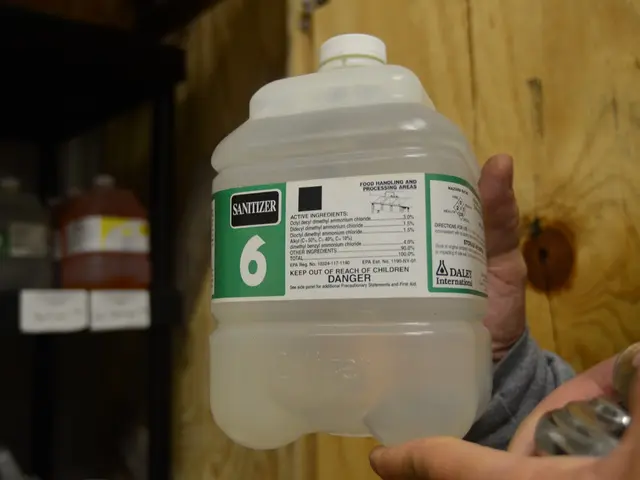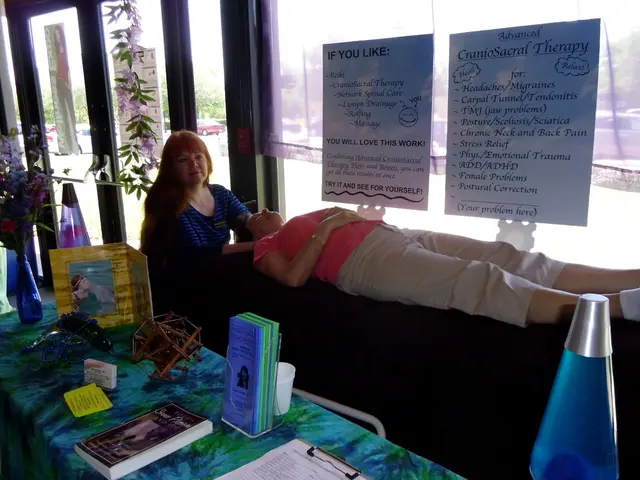Provide general oral glucose intake for blood sugar regulation
Oral glucose is more than just a remedy for low blood sugar levels. It's a versatile solution that plays a crucial role in managing diabetes, recovering from exercise, and stocking emergency kits.
In instances of hypoglycemia or diabetic emergencies, oral glucose acts as a rapid-acting carbohydrate source, swiftly raising blood glucose levels within approximately 20 minutes [1][2]. This quick response is due to the easy absorption of oral glucose in the digestive tract.
For low blood sugar and diabetic emergencies, oral glucose is typically administered as glucose tablets, gels, or sugary drinks. In these cases, it's essential to monitor symptoms and blood glucose levels, and seek emergency medical help if there is no improvement or if the person becomes unconscious [1].
Post-exercise, oral glucose can help prevent symptoms of hypoglycemia and support overall recovery by restoring muscle glycogen stores [2]. Consuming oral glucose, combined with protein and some healthy fats, within 30 to 60 minutes after exercise can lead to optimal recovery. For example, a protein shake with banana or low-fat yogurt with granola and fruit would be an ideal post-workout snack [2].
When it comes to certain diabetes medications like alpha-glucosidase inhibitors, the absorption of glucose may be slower due to intestinal enzyme inhibition, so timing and medication considerations are crucial [3].
In summary, oral glucose is a valuable tool for various situations:
- Hypoglycemia and diabetic emergencies: Glucose gel, tablets, or juice
- Post-exercise recovery: Glucose-containing snacks or shakes
By following these guidelines, oral glucose can help alleviate symptoms such as dizziness, confusion, sweating, and weakness in hypoglycemia. Whether it's for emergency situations or post-workout replenishment, including oral glucose in your management plan can significantly impact your well-being.
Oral glucose is a readily available, over-the-counter solution that provides an immediate source of glucose to raise blood sugar levels rapidly. Its rapid absorption and quick availability make it an ideal choice for post-exercise recovery. By ensuring oral glucose is readily available in emergency kits or within reach, we can quickly respond to managing hypoglycemia.
In essence, oral glucose is a reliable and effective method for quickly raising blood sugar levels, preventing complications that can arise from low blood sugar levels, and playing a role in managing diabetic emergencies. It's essential for cells to function optimally, especially the brain, which heavily relies on glucose for energy. Oral glucose is a valuable tool in stabilizing blood sugar levels effectively.
In the health-and-wellness field, oral glucose serves as a quick fix for hypoglycemia and diabetic emergencies, acting as a rapid-acting carbohydrate source for swift glucose level elevation within around 20 minutes. Furthermore, post-exercise consumption of oral glucose, combined with protein and healthy fats, supports fitness-and-exercise recovery by restoring muscle glycogen stores, thereby promoting overall nutrition and well-being.




